How Did the Universe Begin?
How Did the Universe Begin?
When you look up at the night sky, what do you see?
If it's a clear night, you might see hundreds of thousands of tiny points of light, too numerous to count. Some are planets, some are stars, and some are even galaxies! Where did all these cosmic objects come from? Discover the answer below and play a game!
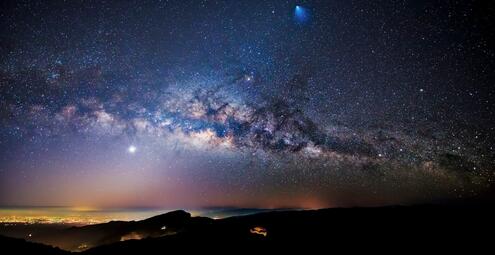
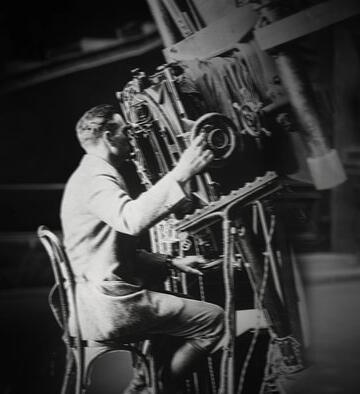
Edwin Hubble looking through the telescope at Mt. Wilson Observatory in 1924.
In the 1920s in California, astronomer Edwin Hubble observed distant galaxies using an extremely powerful telescope . He made two mind-boggling discoveries.
First, Hubble figured out that the Milky Way isn’t the only galaxy. He realized that faint, cloud-like objects in the night sky are actually other galaxies far, far away. The Milky Way is just one of billions of galaxies.
Second, Hubble discovered that the galaxies are constantly moving away from each other. In other words, the universe is expanding. The biggest thing that we know about is getting bigger all the time.
A few years later, Belgian astronomer Georges Lemaître used Hubble‘s amazing discoveries to suggest an answer to a big astronomy question: How did the universe begin?
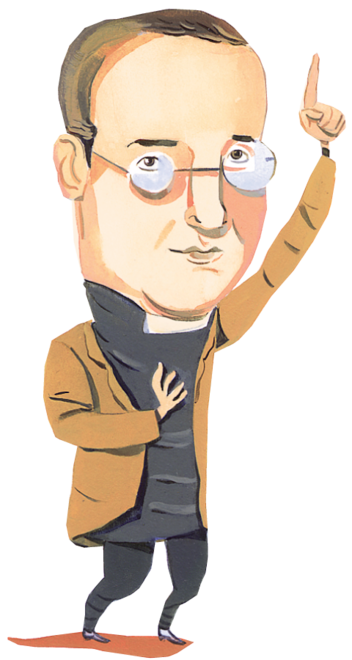
If the universe is always getting bigger, then long ago it was smaller. And long, LONG ago, it was much smaller. That means billions of years ago, everything in the universe was contained in a tiny ball that exploded! Wow!
This breakthrough idea later became known as the Big Bang!
The Big Bang was the moment 13.8 billion years ago when the universe began as a tiny, dense, fireball that exploded. Most astronomers use the Big Bang theory to explain how the universe began. But what caused this explosion in the first place is still a mystery.
So, what has happened since the Big Bang?
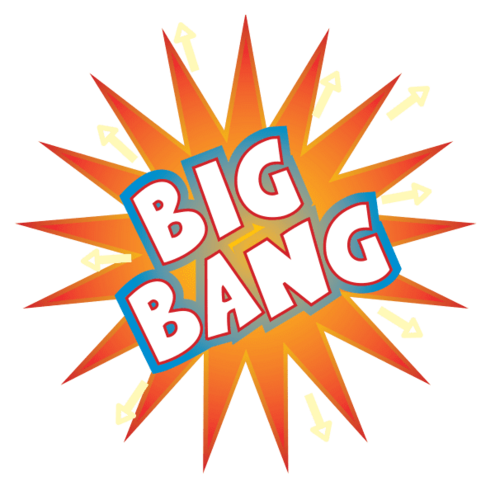
Since the Big Bang, the universe has been expanding. In the early years, everything was made of gas. This gas, mostly hydrogen and helium, expanded and cooled. Over billions of years, gravity caused gas and dust to form galaxies, stars , planets, and more.
The matter that spread out from the Big Bang developed into everything in the universe, including you. You are made of star stuff!

Timeline of the Universe
Astronomers have figured out that the universe is about 13 billion years old. (We’d better skip the candles on the birthday cake!) They have also determined, approximately, when different cosmic events happened, such as when our galaxy and our planet formed.
Can you put these cosmic events in order from the oldest to the most recent? To play, click and drag the pictures left or right to place them in the correct order.
Can you put these cosmic events in order from the oldest to the most recent? To play, click and drag the pictures up or down to place them in the correct order.






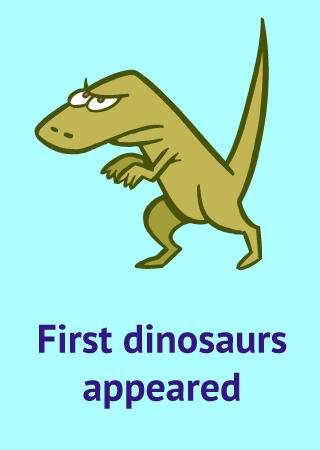
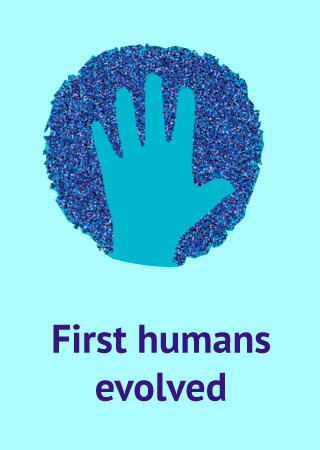
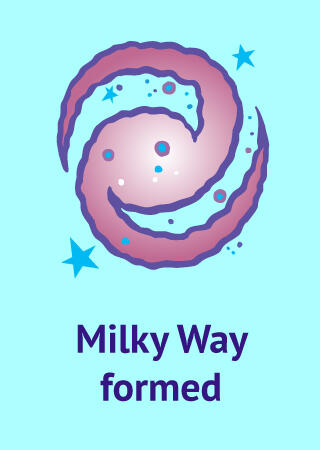
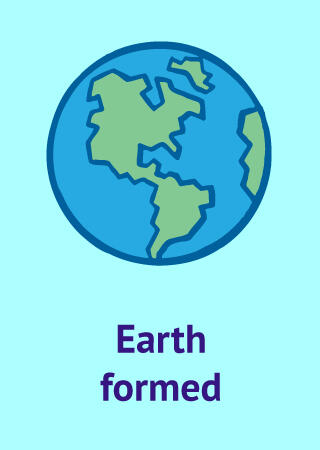
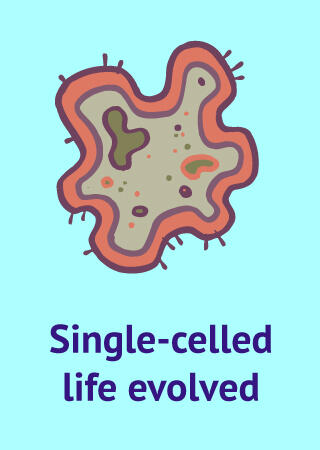
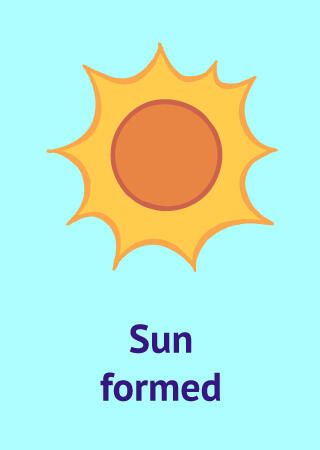

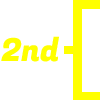
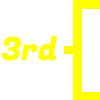









You got it! Check out the timeline below to explore exactly when these cosmic events occurred. See how the earliest humans didn't even appear until 1.8 million years ago? That's just a blink of an eye in the history of the universe!
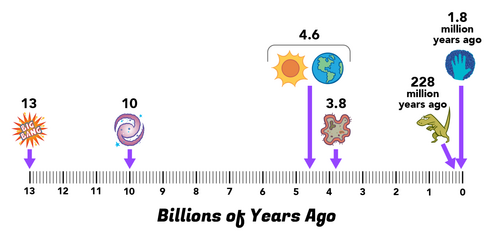
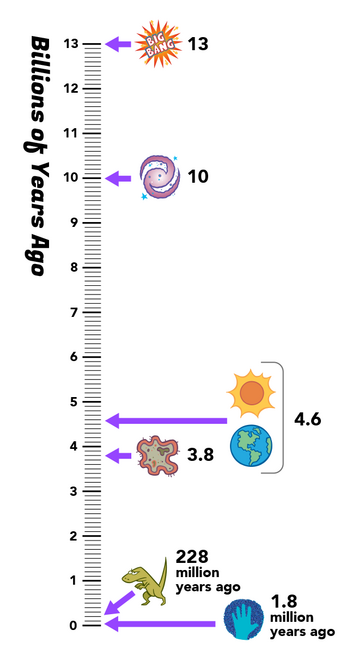
Image Credits:
Milky Way over Thailand, © Matipon Tangmatitham; Hubble at telescope, courtesy of NASA; George LeMaitre illustration by Amanda Duffy © AMNH; Icon illustrations by Daryl Collins © AMNH.




 Biodiversity
Biodiversity
 Brain
Brain
 Genetics
Genetics
 Marine BiOLogy
Marine BiOLogy
 MicrobiOLogy
MicrobiOLogy
 PaleontOLogy
PaleontOLogy
 ZoOLogy
ZoOLogy
 AnthropOLogy
AnthropOLogy
 ArchaeOLogy
ArchaeOLogy
 Astronomy
Astronomy
 Climate Change
Climate Change
 Earth
Earth
 Physics
Physics
 Water
Water
